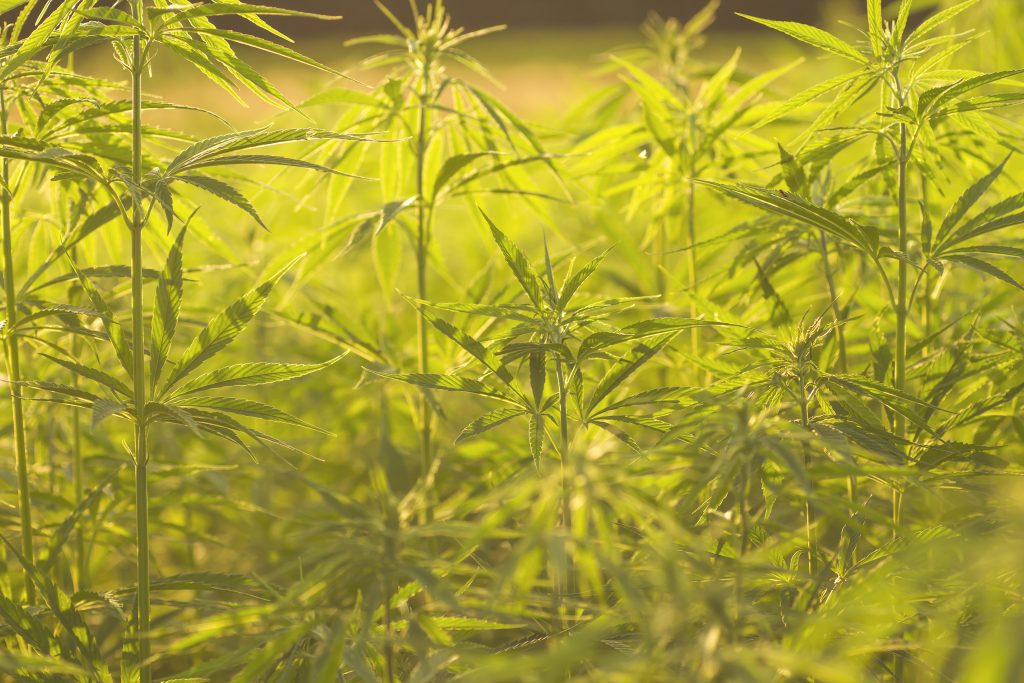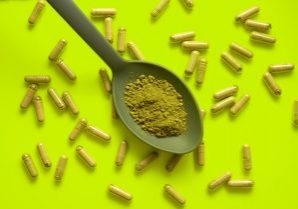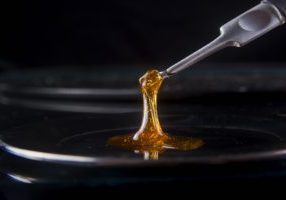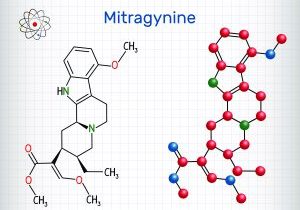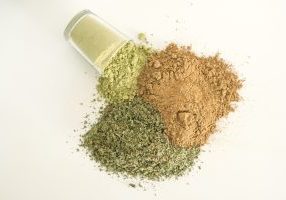At this point in 2019, we have all heard of hemp before. Known by many names and often confused with marijuana, hemp has been around on the Earth for at least 10,000 years – and very likely for more years than that.
Most people think of hemp, they usually think of hemp’s cousin (marijuana, a colloquial term for cannabis with intoxicating psychoactive effects). They imagine these products to be more modern additions to the world because of the way they are presented in the media.
Remember, however, that marijuana and hemp are simply the two most well-known species of the same plant genus, cannabis. They are similar, but they have different compounds and characteristics that affect how they can and cannot be used.
Hemp is not a modern crop; the history of hemp goes back for longer than you can imagine!
What is the history of hemp, and how has that history shaped the way that hemp is seen and used today? Our brief walk through the history of hemp will present the key points so that you can gain a more complete understanding of this important plant.
Hemp’s World Arrival
Most scientists believe that hemp has been around for more than 10,000 years, and that is most likely true! Carbon dating suggests that hemp seeds and oils found are more than 10,000 years old, but there could be variation in that finding.
Hemp’s first traces were found in parts of modern day China and Taiwan, and those traces date all the way back to 8000 BCE! The remnants that have been found are hemp cords, and there is also some evidence that it was used as food as well.
When humans first transitioned to agricultural societies, it is very likely that hemp was one of the crops cultivated.
From the region where hemp first originated, it spread across the entire world. Other than in Asia, evidence of hemp has been found in Africa, Europe, and South America. It’s even mentioned in numerous religious texts as a kind of sacred and powerful crop. This makes a lot of sense because hemp was used to create many parts of life: shoes, paper, ropes, clothes, food, and more!
Moving Forward
Hemp would continue to be important across the world for the next few centuries. The uses and importance of hemp would not falter – and now we’re starting to see even more innovation in hemp products and applications.
For example, hemp oil and fiber were used through Henry VIII’s reign to help construct battleships, sails, pennants, and more. Hemp paper was also being used in Bibles, maps, documents, and more throughout history.
Early American Introduction
Hemp was brought to North America in 1606, and it has been a part of American life in one way or another since them. Like in other societies, hemp was used in American society to create rope, paper, lamp fuel, and more!
The founding fathers of America even touted the importance of hemp, and America’s Declaration of Independence was written by Thomas Jefferson on – you guessed it – hemp paper.
In fact, hemp was so important that farmers in some states were legally required to grow hemp on their land or they would face a fine. That fine (and other taxes) could even be paid with hemp as a form of currency!
Changes in the Early 1900s
Up until the early 1900s, hemp continued to be used largely in the same ways that it had always been used. While cannabis had popped up before 800 BCE in various texts, the primary benefits of hemp still had more to do with manufacturing and farming, not relaxation. Hemp has consistently been the more important and economically impactful crop of the two.
That is until the early 1900s in America. At this time, the US government was determined to cut down on drugs such as marijuana. Hemp was grouped in with this crop and was highly taxed after the Marijuana Tax Act of 1937 was enacted. This nearly killed the hemp industry altogether.
Hemp For Victory
Things would remain this way until 1942, when they needed and encouraged 400,000 acres of hemp to be planted in order to help support America through the war. Check out this video that showed how hemp was promoted during wartime:
Most people today cannot imagine that the government would release such a film, and a large reason for that is because most people think that hemp is the same exact product as marijuana. While both plants are related, hemp is not cannabis, and they are not used in the same ways.
Post-War Decline
Once the war period ended, however, everything was reverted to the way that it was. Hemp was no longer OK to grow, and no new hemp farms would be started from 1957 until 2007. Hemp farmers had to find something else to do, and many filed for bankruptcy.
Hemp farms were officially outlawed along with the substance itself in 1970, and it would take more than 30 years for hemp to be released from the drug-fighting efforts of America.
Today
Today, food-grade hemp products are allowed to be sold in America, and there are hemp farms helping to create dietary hemp for body care, clothing, and textile products. In 2014, the Farm Bill allowed hemp cultivation as a research effort, and, more recently the cultivation of industrial hemp was federally legalized with the 2018 Farm Bill.
Understanding the importance of hemp on its own can help to explain why some people become outraged when people suggest that hemp seed oil and similar products are the same as marijuana, THC, or even CBD oil (CBD is a cannabinoid present in both hemp and marijuana, but it is extracted from hemp plant matter, not hemp seeds). All of these products have their own benefits, but they should not be confused for one another.
Hemp is a very important crop today as much as it has ever been. As the world changes and agriculture regains its importance in our world, the growth of the hemp industry can also be seen.
We’re excited to see how hemp will once again revolutionize the world in the 21st century!

